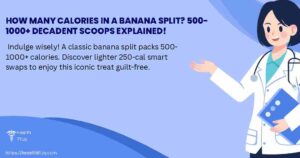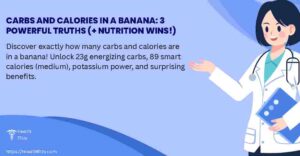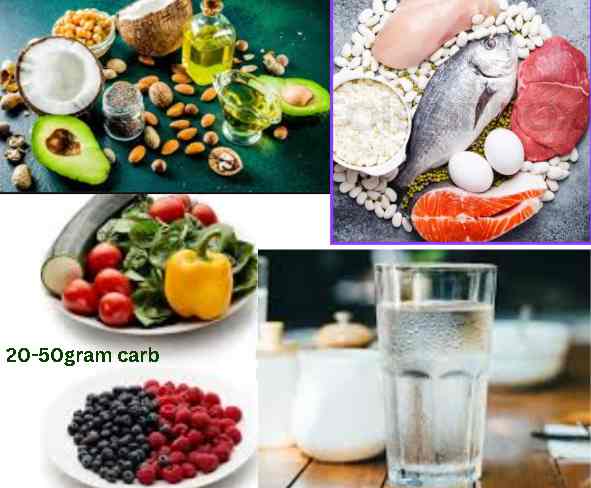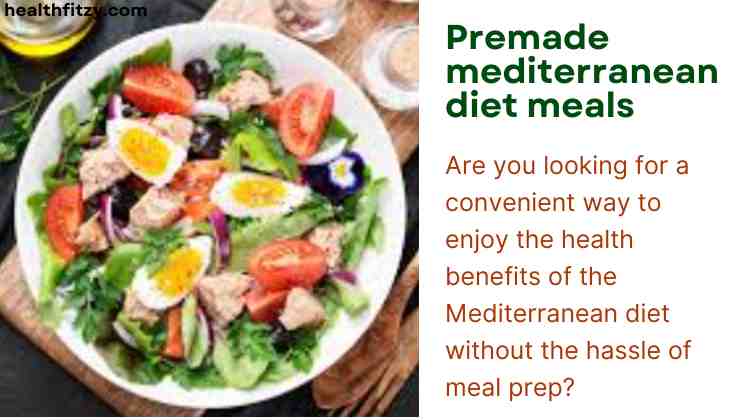How Many Calories in a Banana? 1 Simple Number & 5 Game-Changing Perks!
How Many Calories in a Banana? Your Complete Guide
Bananas are a beloved snack worldwide—portable, affordable, and delicious. But if you’re tracking your intake, you might wonder: how many calories are in a banana? Let’s break it down scientifically, including how size, ripeness, and preparation affect calories, plus why bananas deserve a spot in your balanced diet.
🍌 Calorie Count: It Depends on Size!
Banana calories vary significantly by weight. Here’s the USDA data for raw bananas:
-
Small (6″ long, 81g): 72 calories
-
Medium (7″ long, 101g): 89 calories
-
Large (8″ long, 136g): 121 calories
-
Extra-large (9″+, 152g+): 135+ calories
Key Insight: A “medium banana” (about 7 inches long) is the standard reference, containing ~89 calories.
🌱 Ripeness & Prep: Do They Change Calories?
-
Ripeness: Green bananas have more resistant starch (a fiber), while ripe ones have more natural sugars. Total calories stay similar, but your body absorbs them differently.
-
Dried/Fried: Dehydration concentrates sugars. 1 cup dried banana chips = ~350 calories (often with added oil/sugar).
-
Cooked: Baking or grilling doesn’t drastically change calories unless additives (honey, butter) are used.
💡 Beyond Calories: Banana Nutrition Highlights
Bananas pack nutrients that make their calories worthwhile:
-
Carbs: 23g (medium banana) — mostly natural sugars + 3g fiber.
-
Vitamins/Minerals: Rich in potassium (9% DV), vitamin B6 (25% DV), and vitamin C (14% DV).
-
Antioxidants: Dopamine and catechins in ripe bananas fight inflammation.
✅ 5 Science-Backed Health Benefits
-
Heart Health: Potassium regulates blood pressure; fiber lowers cholesterol.
-
Digestive Aid: Resistant starch (in green bananas) and pectin feed gut bacteria.
-
Energy Boost: Natural sugars + B6 convert food into fuel efficiently.
-
Workout Recovery: Replenishes glycogen and electrolytes post-exercise.
-
Mood Support: Vitamin B6 helps produce serotonin (“feel-good” hormone).
🍽️ Smart Ways to Enjoy Bananas
-
Weight Management: Pair with protein (e.g., peanut butter) to balance blood sugar.
-
Low-Sugar Option: Choose slightly green bananas for less sugar + more fiber.
-
Recipe Ideas: Add to oatmeal, smoothies, or whole-grain pancakes for natural sweetness.
❓ FAQ: Quick Banana Calorie Questions
Is a banana high in calories?
No. A medium banana (89 cal) has fewer calories than an apple (95 cal) or a granola bar (120–200 cal).
Can diabetics eat bananas?
Yes! Opt for smaller, firm bananas and pair with nuts or yogurt to minimize blood sugar spikes.
Are banana calories unhealthy?
Not at all. Their fiber, vitamins, and low glycemic load (when eaten whole) support metabolic health.
The Bottom Line
A medium banana contains about 89 calories—but its real value lies in its nutrients. Whether you’re an athlete, managing weight, or just craving something sweet, bananas offer energy, fiber, and key vitamins with minimal processing. Mindfully eat them as part of a varied diet!
How many calories in a banana split

A traditional banana split typically contains 500–1,000+ calories, depending on ingredients and portions. The base features a medium banana split (~90 calories) lengthwise, topped with three scoops of ice cream (300–600 calories), chocolate/strawberry/caramel syrups (150–300 calories), whipped cream (50–100 calories), nuts (50–150 calories), and a maraschino cherry (10–20 calories).
Premium ice cream, extra toppings, or larger portions can push calories toward the higher end. For a lighter version, use smaller scoops of low-fat frozen yogurt, sugar-free syrups, and skip nuts—reducing calories to 250–400 while keeping the classic treat experience. Always check nutrition labels for precise counts based on your specific recipe.
How many calories in a banana muffin
A typical homemade or standard bakery banana muffin contains between 300 and 500 calories, with significant variation depending on size, ingredients, and preparation. Key factors influencing calorie count include the amount of added sugar, oil or butter, flour type (white vs. whole wheat), and extras like chocolate chips, nuts, or streusel topping. A medium-sized muffin (approx. 4 oz or 113g) made with basic ingredients often lands around 350–400 calories, while larger gourmet or double-chunk versions can exceed 500 calories.
For comparison, a plain medium banana has only ~89 calories—most muffin calories come from added fats, refined carbs, and sugars rather than the banana itself. Opting for recipes with reduced sugar, applesauce substitutions, or whole grains can lower the count while keeping the comforting banana flavor.
Carbs and calories in a banana: What You Need to Know

A medium-sized banana (7 inches long, ~101g) contains approximately 89 calories and 23 grams of carbohydrates. These carbs consist primarily of natural sugars (like glucose, fructose, and sucrose) providing quick energy, alongside 3 grams of dietary fiber (including pectin and resistant starch, especially in greener bananas) which aids digestion and promotes satiety. Calorie and carb counts vary slightly based on size (a small banana has ~72 calories/19g carbs; a large has ~121 calories/31g carbs) and ripeness—riper bananas have higher sugar content but similar total carbs.
Despite their carb content, bananas offer valuable nutrients like potassium (regulating blood pressure), vitamin B6 (supporting metabolism), and vitamin C (boosting immunity), making them a nutrient-dense, energy-sustaining snack choice within a balanced diet.
How Many Calories in a Banana Nut Muffin? (Sizes & Recipes Compared)
How many calories in a banana nut muffin: A typical banana nut muffin ranges from 300 to 500+ calories, heavily influenced by size and ingredients—commercial bakery muffins (often jumbo-sized) can pack 400–600 calories due to added sugars, oils, and generous nuts, while a standard homemade version (using a regular muffin tin) averages 300–400 calories per muffin depending on recipe specifics like sugar quantity, oil/butter volume, and nut density (walnuts or pecans being calorie-dense).
Key factors elevating calories include: the base (refined flour adds carbs), ripe bananas (natural sugars), added sweeteners (brown sugar/honey), fats (butter/oil), and nuts (healthy but high-calorie). For a lighter option, consider mini-muffins (150–200 calories) or recipes substituting applesauce for some fat, reducing sugar, or using whole-wheat flour. Regardless of preparation, mindful portion control is advised since even “healthier” versions remain energy-dense snacks. (Sources: USDA data, standard recipe analysis)
6 Week Body Makeover Thurmond: Amazing Transformation Blueprint!
6 Week Body Makeover Thurmond: Amazing Transformation Blueprint!




Pingback: Carb Lovers Diet Before and After: Transformations, Science, and Sustainable Results